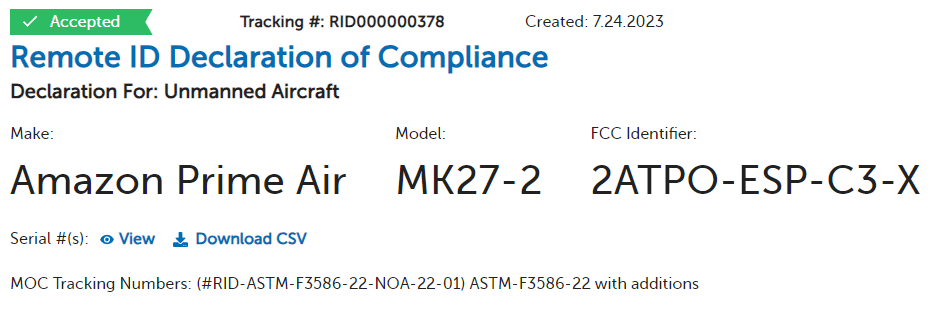You could always just read the
FAA rulemaking document that addressed that question:
IV. Remote Identification of Unmanned Aircraft
B. Purpose for the Remote Identification of Unmanned Aircraft
UAS are fundamentally changing aviation and the FAA is committed to working to fully
integrate them into the airspace of the United States. The next step in that integration is enabling unmanned aircraft operations over people and at night. Remote identification of unmanned aircraft is a critical element to enable those operations that addresses safety and security concerns.
Remote identification is the capability of an unmanned aircraft in flight to provide identification, location, and performance information that people on the ground and other airspace users can receive. In its most basic form, remote identification can be described as an electronic identification or a “digital license plate” for UAS.
Remote identification provides information that helps address existing challenges of the FAA, law enforcement entities, and national security agencies responsible for the safety and security of the airspace of the United States. As a wider variety of UAS operations such as operations over people are made available, the risk of unmanned aircraft being operated in an unsafe manner, such as in close proximity to people and property on the ground, is increased. Remote identification provides a means to identify these aircraft and locate the person who controls them (e.g., operators, pilots in command). It allows the FAA, law enforcement, and national security agencies to distinguish compliant airspace users from those potentially posing a safety or security risk. It permits the FAA and law enforcement to conduct oversight of persons operating unmanned aircraft and to determine whether compliance actions, enforcement, educational, training, or other types of actions are needed to mitigate safety or security risks and foster increased compliance with regulations.












